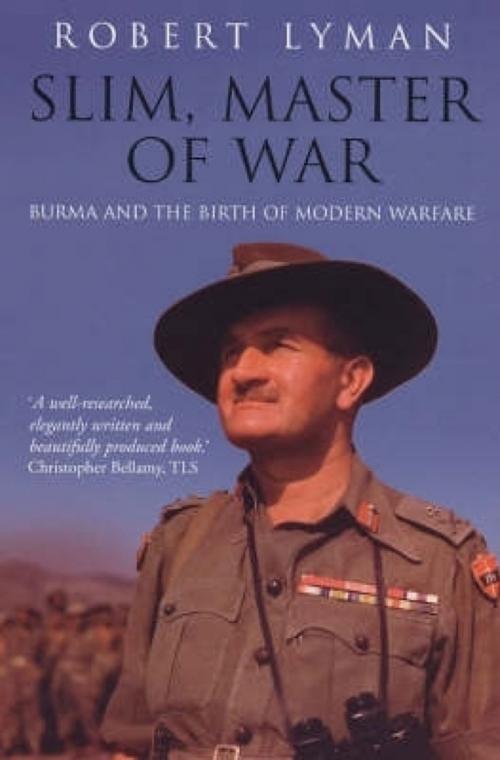| Author: | Robert Lyman | ISBN: | 9781472125262 |
| Publisher: | Little, Brown Book Group | Publication: | June 2, 2016 |
| Imprint: | Constable | Language: | English |
| Author: | Robert Lyman |
| ISBN: | 9781472125262 |
| Publisher: | Little, Brown Book Group |
| Publication: | June 2, 2016 |
| Imprint: | Constable |
| Language: | English |
General W J Slim achieved something no one believed possible. Appointed to lead what was soon to become the famous 'forgotten' 14th Army in 1943, at a time when British units in the Far East were defeated and demoralised, within six months he had dealt the first death blow to the Japanese Army. This - the battle of Kohima and Imphal - was the largest single defeat of the Japanese on land in the Second World War and led to their complete destruction in Burma by August 1945. So, how did he do it? And why is he not better known? Slim did not fit the British military mould. Like Patton he was a manoeuvrist: he fought differently, seeking victory by cunning and guile, starkly different from how the British Army foughts its wars at the time. Like the legendary soldier T E Lawrence, Slim was an exponent - long before it became fashionable - of mission command, giving his subordinates their head and encouraging initiative and imagination at the lowest levels of command. But above all Slim was a soldier's general - it wasn't just his men who revered him, but his equals too: Mountbatten, with whom he bonded in a way unparalleled in South East Asia Command, and Stilwell, another maverick, who would serve under no other British commander but him. They were not wrong; he was a singular man, a supreme commander, who remains worthy of our respect.
General W J Slim achieved something no one believed possible. Appointed to lead what was soon to become the famous 'forgotten' 14th Army in 1943, at a time when British units in the Far East were defeated and demoralised, within six months he had dealt the first death blow to the Japanese Army. This - the battle of Kohima and Imphal - was the largest single defeat of the Japanese on land in the Second World War and led to their complete destruction in Burma by August 1945. So, how did he do it? And why is he not better known? Slim did not fit the British military mould. Like Patton he was a manoeuvrist: he fought differently, seeking victory by cunning and guile, starkly different from how the British Army foughts its wars at the time. Like the legendary soldier T E Lawrence, Slim was an exponent - long before it became fashionable - of mission command, giving his subordinates their head and encouraging initiative and imagination at the lowest levels of command. But above all Slim was a soldier's general - it wasn't just his men who revered him, but his equals too: Mountbatten, with whom he bonded in a way unparalleled in South East Asia Command, and Stilwell, another maverick, who would serve under no other British commander but him. They were not wrong; he was a singular man, a supreme commander, who remains worthy of our respect.















